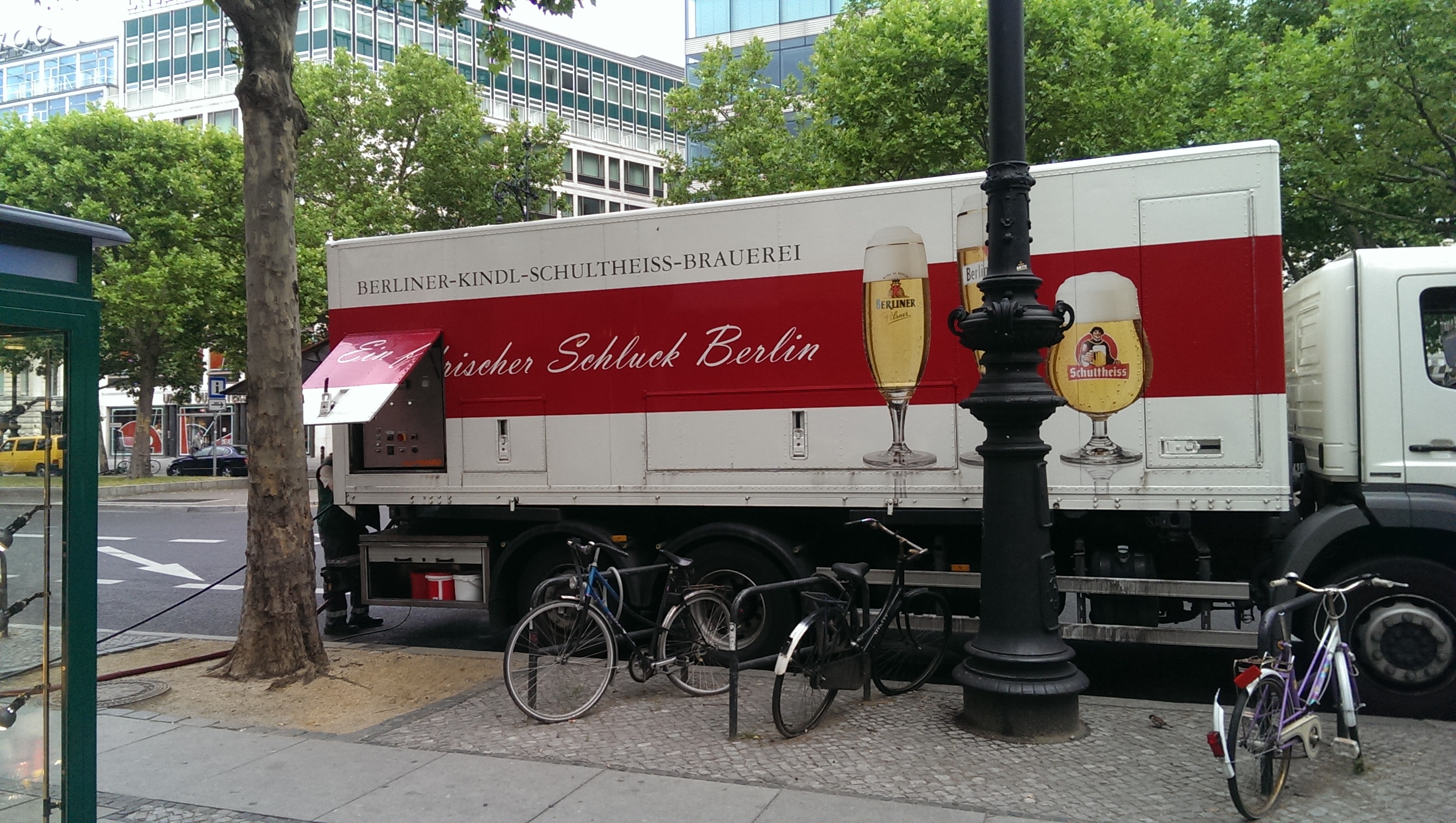I want to jump in here as well, because I also love this taste you guys are hunting. I've only managed to hit that taste twice before. Once with a Helles I made, that was lagered for 2 months, and made with Perle hops. I mashed it in the middle of the low end, at 64°C, and did a 90 minute boil (yes, yes, I know, not needed). I did a 30 minute boil with no hop additions, and then 60 minutes with bittering hops (Perle) and then with more Perle at 5 minutes for flavour. The beer was VERY "meh" a month or so after kegging, but started to shine the longer it stood in the keg.
For me, personally, with a sensitive palette toward yeast, the beer improved as it cleared. The last bit from the keg included some yeast and it immediately tasted green in the glass again, so I'm 100% certain that clearer lagers will give you more of "that" flavour.
The other one I made was a "moerby" Pilsner. "Moer by" being an Afrikaans term for "throw together" and I don't even remember the recipe. I do know I used Saaz in the end of the boil, and mashed super, super low (I think 62°). I fermented it with a generic German Pilsner yeast from a local homebrew shop that since got really expensive, so I'm not going to try it again, but man it was a good beer. It also started to shine after 2 months in the bottle, but I also overshot the colour quite a bit.
So yes, what I've learned:
1. Use the correct hops.
2. Use a lager yeast. Any lager yeast.
3. Give it time.
4. Clear/fine the beer as much as you can.
5. Mash low. As mentioned, the style is typically quite dry.












































![Craft A Brew - Safale S-04 Dry Yeast - Fermentis - English Ale Dry Yeast - For English and American Ales and Hard Apple Ciders - Ingredients for Home Brewing - Beer Making Supplies - [1 Pack]](https://m.media-amazon.com/images/I/41fVGNh6JfL._SL500_.jpg)













